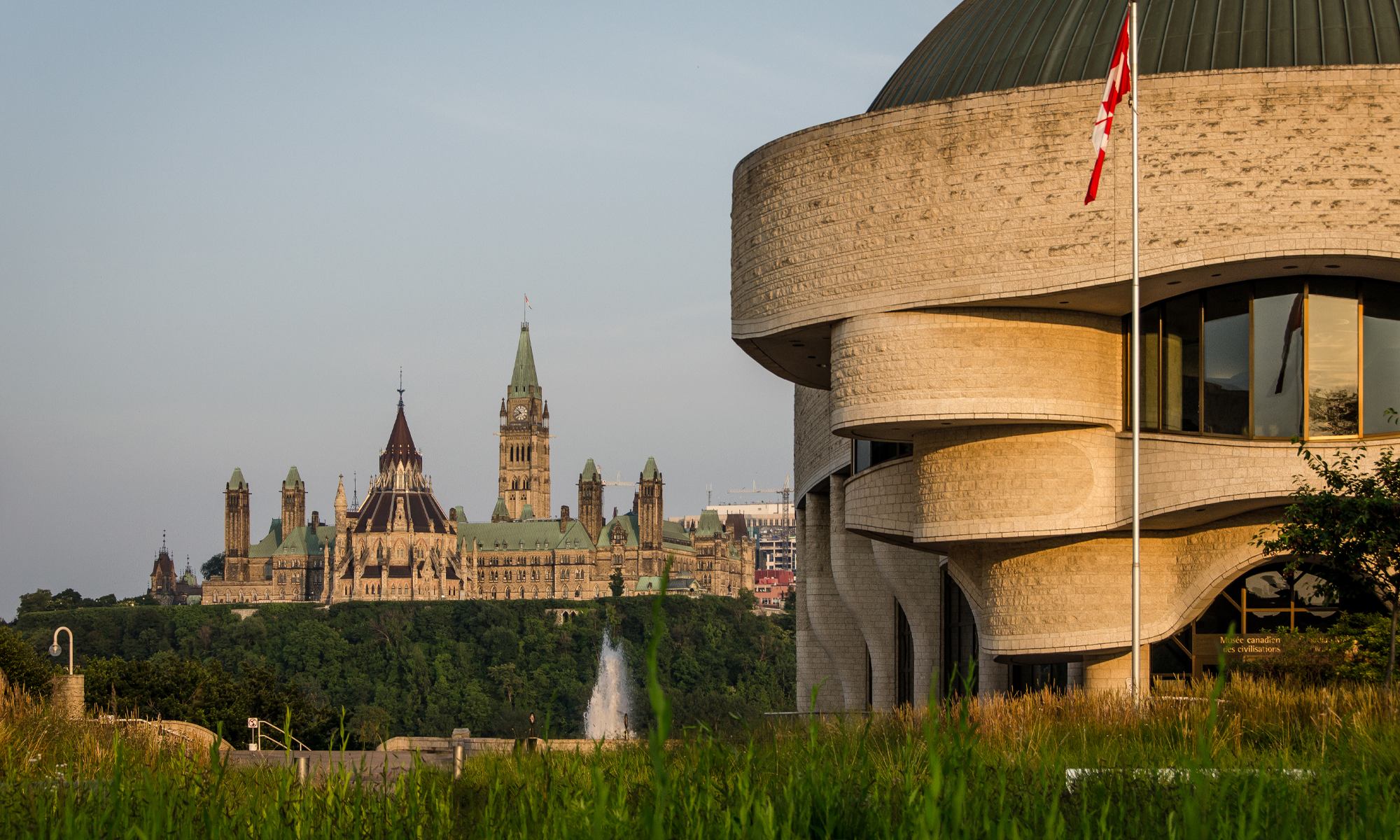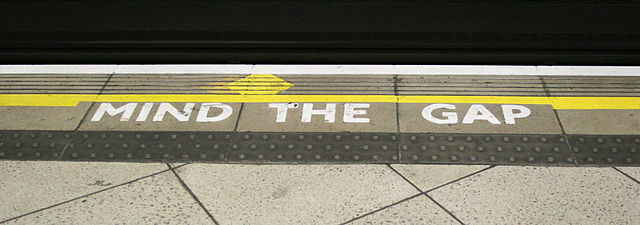This week’s FMP additions focus on Northamptonshire, a traditional county bordering Leicestershire, Warwickshire, Buckinghamshire, Bedfordshire, Cambridgeshire, and Oxfordshire. A strong agricultural legacy, augmented by light industry, notably shoemaking, shaped Northamptonshire’s societal and economic history.
Northamptonshire Land, Poll & Window Tax Lists
Northamptonshire Land Tax Assessment has 10,834 transcription records, all for 1801 across the county.
Cleyley & Towcester Hundreds Land & Window Tax has 1,472 transcription records for 1772.
Higham Ferrers Hundred Window Tax has 539 transcription records for 1750.
Huxloe, Rothwell & Corby Hundred Poll & Window Tax has 3,212 transcription records for 1698.
Northamptonshire Poll Books
This new set, 7,463 Northamptonshire poll book transcription records from 1768 to 1835, includes the occupation and parish.
Northamptonshire Quarter Sessions Licences
Covers licenses awarded by the County Quarter Sessions court between 1689 and 1932. Three licence types are included:
Non-Conformist Meeting House Licenses: This index contains 1,391 names, covering 1689 to 1851. A licence was required for an individual or group to hold non-conformist religious services between 1689 and 1852.
Gamekeepers’ Licenses: For the period 1709 to 1932, records contain 2,490 names, the year of the licence, a home address and the location of the land.
Badgers and Higglers: Badgers and higglers were wholesalers and travelling salespeople who sold food and other commercial products, and required a licence to do so. This index covers 1693 to 1773 and contains 1,212 names.
Many of these transcriptions are from the Northamptonshire Family History Society.
This week, one new newspaper, the Hebden Bridge Times, from Yorkshire, was added to the FMP collection. Starting in 1883, there are over 20,000 pages available.


 TheGenealogist
TheGenealogist New to MyHeritage as of 6 August, find 7,326,033 entries in this probate index for recent years. The information delivered is the name of the individual, the date of death, and the date and place of probate or administration.
New to MyHeritage as of 6 August, find 7,326,033 entries in this probate index for recent years. The information delivered is the name of the individual, the date of death, and the date and place of probate or administration. It’s official. Forget LMA, or as the new website says, “Hello from The London Archives .. and a fond farewell to the metropolitan.”
It’s official. Forget LMA, or as the new website says, “Hello from The London Archives .. and a fond farewell to the metropolitan.”
